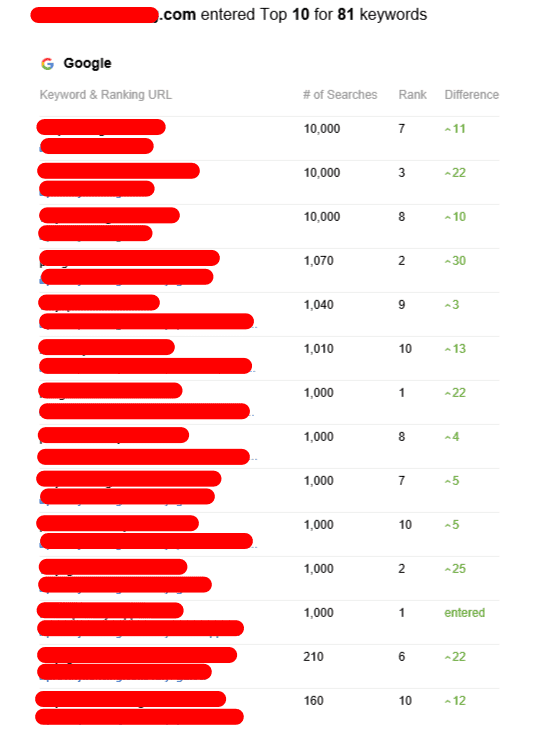Backlink Tier - The Hierarchy of Backlinks That Scale Your SEO Campaign
Backlink tier is the hierarchy of links that you create to increase the effectiveness of your SEO campaign. Each level adds a layer of protection from Google and its penalties.
To be successful you'll have to put in a lot of effort and time. This is because Google takes a long time to locate new backlinks and assess their quality on an individual basis.
First-Tier Links
The first layer of links that will lead to your piece of content should be top-quality dofollow backlinks from trusted websites. These are referred to as Tier 1 backlinks and act as the foundation of your link building strategy. They provide a guarantee for your website page, giving it the authority to be highly ranked on search engine results pages. If, for instance, your blog post was published on HubSpot and contained a tier-one hyperlink to SearchEngineLand's compilation Link Building Statistics then SearchEngineLand’s ranking on the web will benefit from the link equity HubSpot gave away.
The second tier can be more diverse and could include low-quality backlinks like spammy forum posts or low-value bookmark sites and directories. The primary goal of Tier 2 is to create high-quality content that links back to your first-tier backlinks. This is because good content can enhance the content which it resides, and will not stand out as something that is added to SEO purposes.
To construct an effective tiered link building campaign, you'll need to invest in creating quality content and utilizing tools such as RankerX or GSA. The time and money spent manually executing a tiered campaign is worth it if you wish to see the increased rankings of a well built backlink pyramid.
Second-Tier Links

Tiered link development is designed to guide users through external websites before bringing them to your site. In order to achieve this it is essential to select second-tier backlink sources that are relevant to your industry and site. Unlike account profiles guest blog posts are able to perform well in this regard since they provide valuable content that users want to consume.
It is recommended to avoid using the tier-2 links on forums or other low quality sites. Make use of high-quality pages instead, such as industry articles or guest posts. These links will look more natural and will have greater impact on your ranking in search engines. In addition they're more likely be identified by Google as having passed link equity, which will increase their rank in SERPs.
If you're building tier two links with the aim to improve your SEO ranking it is important to be aware of the difficulties to get these types high-quality backlinks by hand. It can take months to send guest posts to top-quality publishers, and even longer for them to be published. It can also take weeks to see results when it comes time to create new traffic and converts from onsite.
Additionally, many SEOs turn to automated tools to assist them in create links of second-tier. This could be in violation of Google's Webmaster Guidelines and could result in an enactment of penalization.
Third-tier Links
The number of links on this level is huge and can be borderline spammy. They are posted in social media platforms and on user-generated content websites such as Quora. They help with the indexing of tier two links however, they don't transfer any link equity to the resource promoted. In general, they are nofollow links. At this point marketers are more concerned about quantity than quality. They make use of tools to post an numerous links on forums, in comments sections of blog articles and posts directories, and other similar places. In this case tiered link building is a gray zone that is in violation of Google's webmaster guidelines.
Link-building campaigns that are classified require a lot of time and effort to be successful. Google could take months or even days to rank a backlink. It could take weeks or months to see an SEO impact. Marketers should be patient, and employ a meticulously-planned content strategy.
In addition marketers should avoid using too many automation tools for this kind of linking. They could violate the rules of search engine optimization and could lead to penalties. It is recommended to select the links manually and publish them on relevant websites of donors rather than using automated services such as GSA or RankerX. This will prevent the search engine from penalizing the campaign with links that aren't of good quality.
2 tier backlink -Tier Links
Tiered link building is a popular method for improving ranking of websites. However as Google has taken significant steps to eradicate "black hat" SEO practices, tiered linking techniques have taken a hit.
This is because they're classified as gray-hat in SEO world, and can be penalized if used artificially. Tiered links are backlinks that are constructed on various levels of a pyramid. The main purpose of these backlinks is to improve the ranking of a promoted site in search engine results. The website that is promoted will be more prominent than the competition and receive more organic traffic.
This tier has a lower quality of backlinks, and are usually nofollow. Additionally this tier could be comprised of low-quality media profiles, directories, and article networks. Links can be generated naturally or using strategic automation solutions, but they must be varied in terms of the domains or niches they are in and the relevance.
These backlinks, apart from being of poor quality and nofollow may also be a source of trouble when they're not sufficiently diversified. This is because Google has a highly advanced team of hounds who constantly look out for patterns in backlink profiles as well as techniques. If they are found, not only can the link-building team be penalized, but also its clients.
